You might think your horse is perfectly safe to nibble on any plants in their field or when out and about, but some plants are toxic for horses and should be avoided.
There’s nothing more picturesque than horses and ponies grazing peacefully in a field. In most cases your paddock will be perfectly safe for grazing, but new plants can seed in your paddock at any time so it’s good to check your field regularly for these nasty native plants that could harm your four-legged friend. Some trees are hazardous at particular times of the year, so keep your horses well away from them, too, and consider horse health insurance to protect you and your four-legged friends if they do eat something they shouldn't.
Ragwort
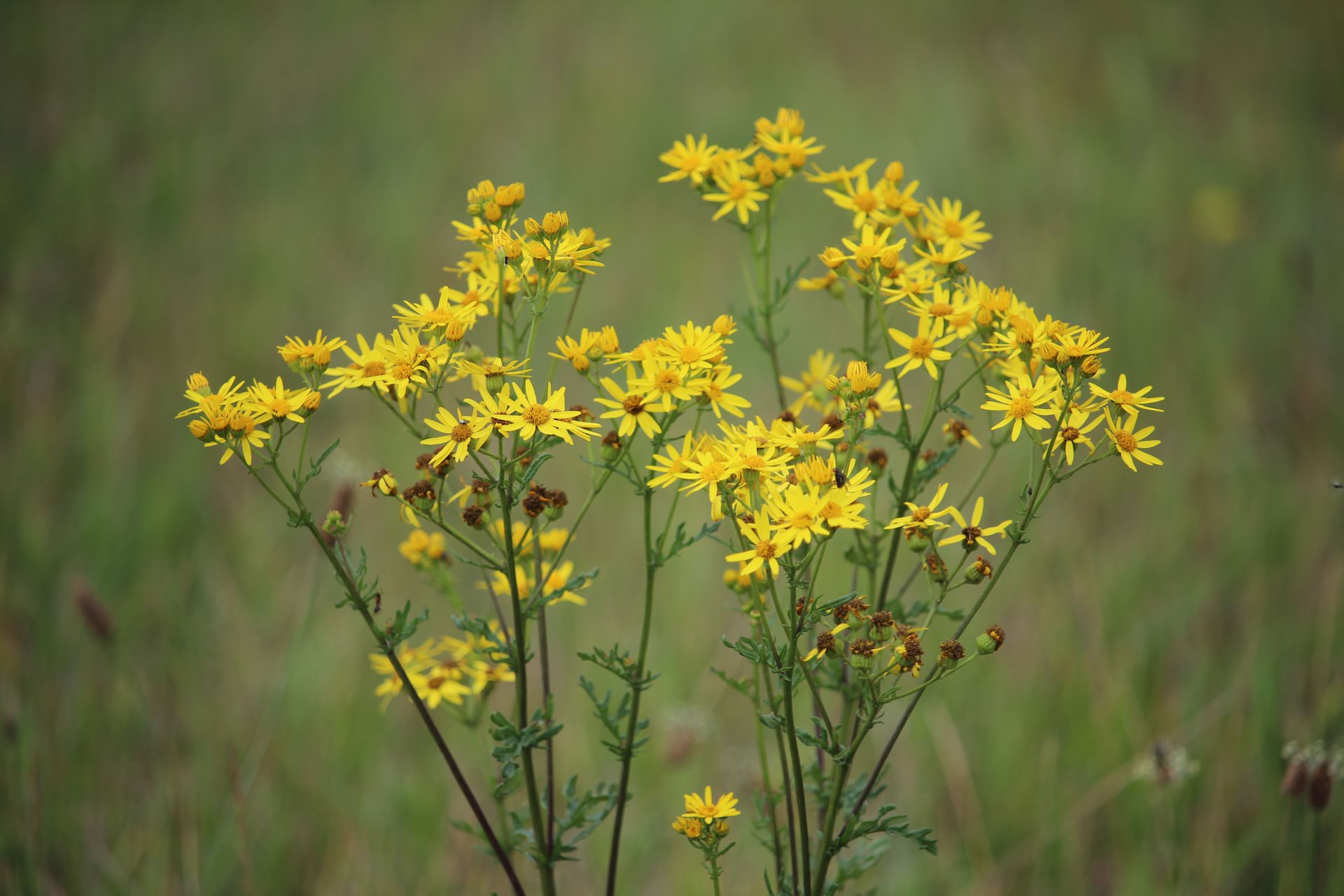
With its yellow flowers and frilly leaves this tall native weed is pretty easy to spot. It is common in meadows and hedgerows, spreads easily and can pop up anywhere. It attacks the liver and can be fatal, so shouldn’t be eaten by horses and ponies at all. Most will avoid it when it is fresh as it is pretty bitter tasting but is more palatable once it is dry in hay.
Make sure you check for it regularly, dig it up and burn it if you find any near or in your field. It is best to use gloves when handling it.
Foxgloves
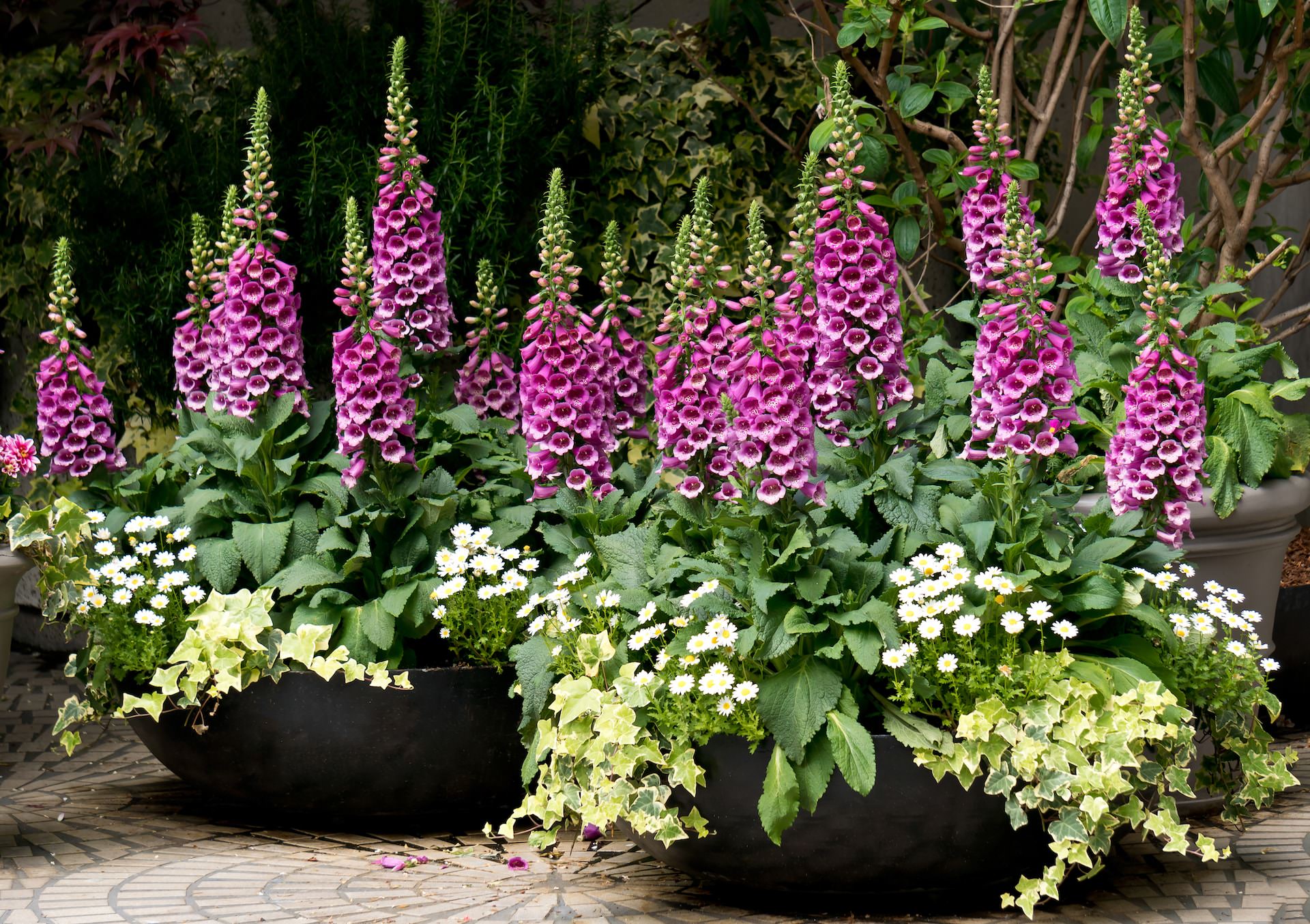
Most horses won’t eat fresh foxgloves but they are more palatable in hay when dried, and eating a tiny amount can be fatal. They are bi-annual plants meaning they only come up every other year, so it’s worth checking for them every year. They have large pointed leaves and contain digitalis that is also toxic for horses and humans.
Sycamore, maple and other acers
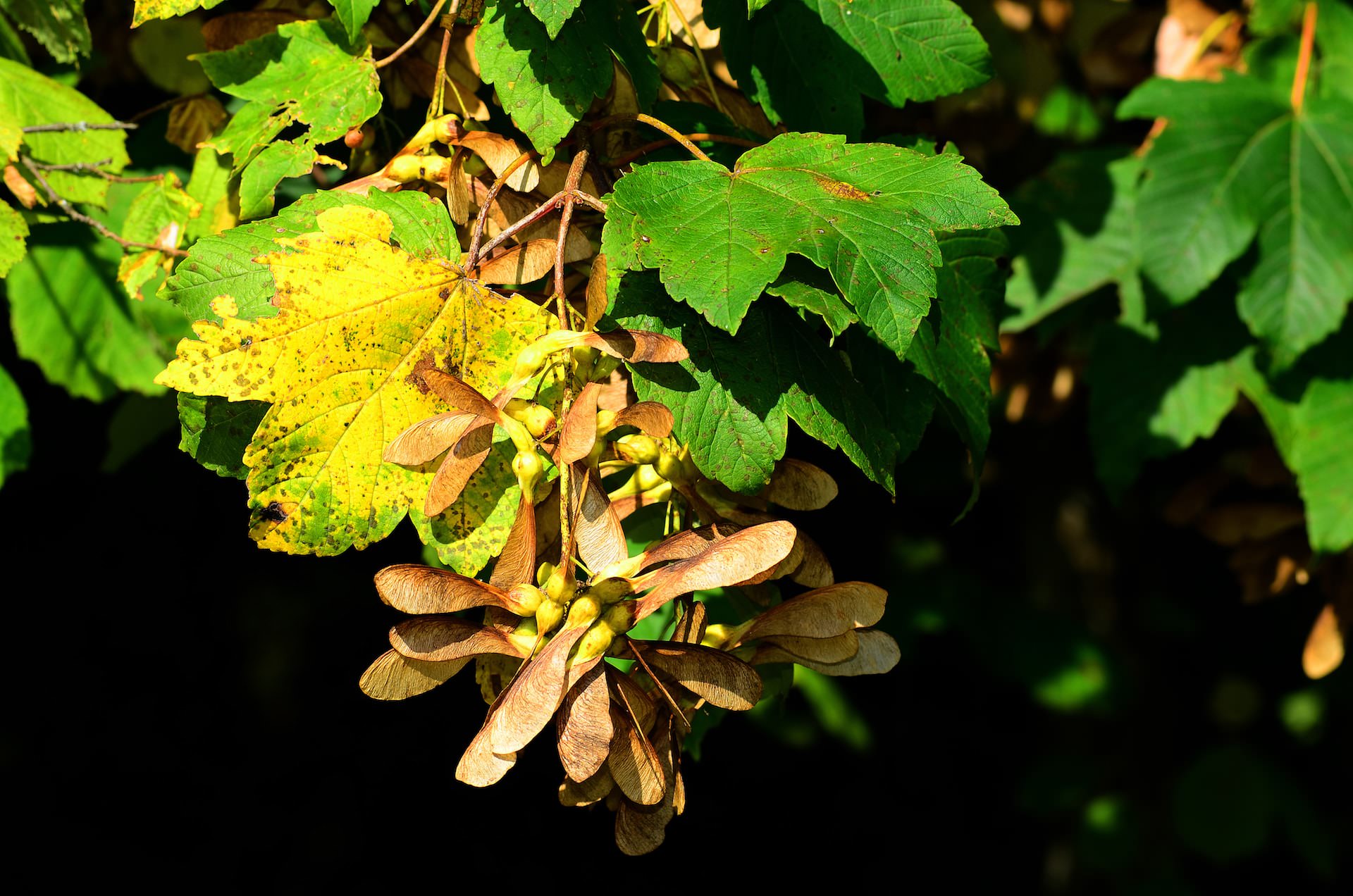
There is a condition called Atypical Myopathy (AM) which is often fatal, a fast killer and triggered by horses eating the sycamore tree seeds, leaves and seedlings. The twirling “helicopter” seeds drift on the wind,so if you have sycamore trees near your paddock watch out for drifting seeds and leaves in the autumn, and seedlings popping up in your paddock in the spring. Fence off any trees close to your grazing. Symptoms of AM include muscular stiffness, muscle tremors, difficulty standing, sweating, depression, fast heart rate and dark urine.
Oak Trees
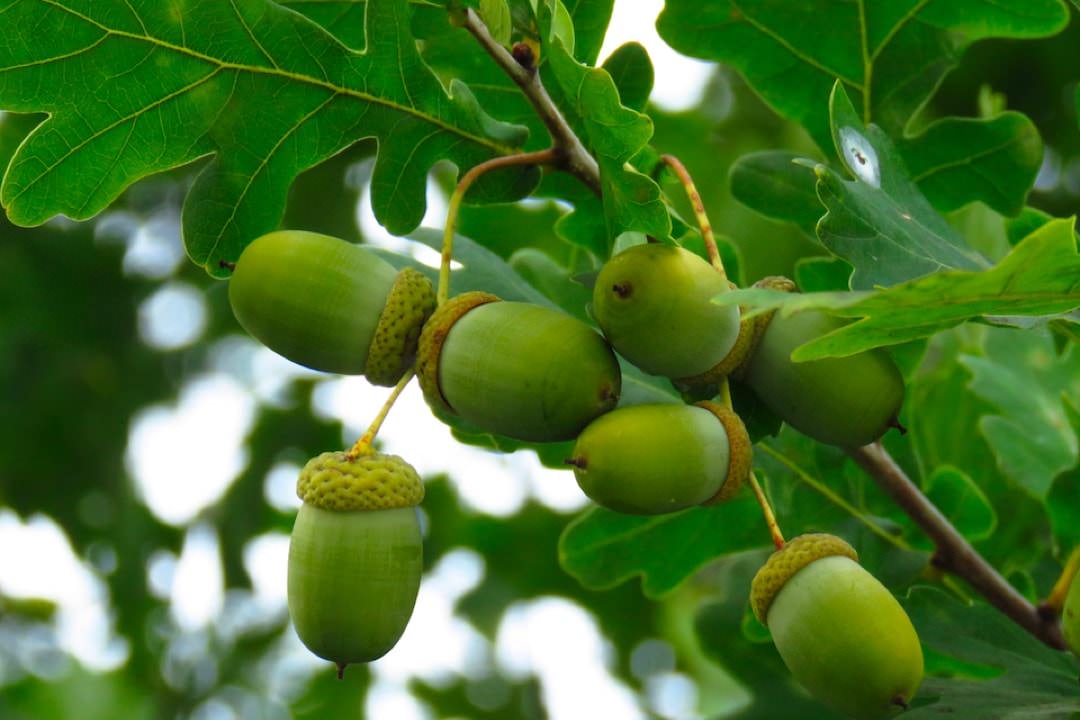
The tannic and gallic acids in acorns can damage a horse’s digestive system and kidneys, as can eating the leaves and bark. In fact, all of the oak tree is toxic to horses and you should fence off any oak tress in your paddock so they can’t be reached. It is thought that some horses can become a bit addicted to eating acorns, which can cause colic and poisoning if lots are eaten, so be vigilant in the autumn.
Yew
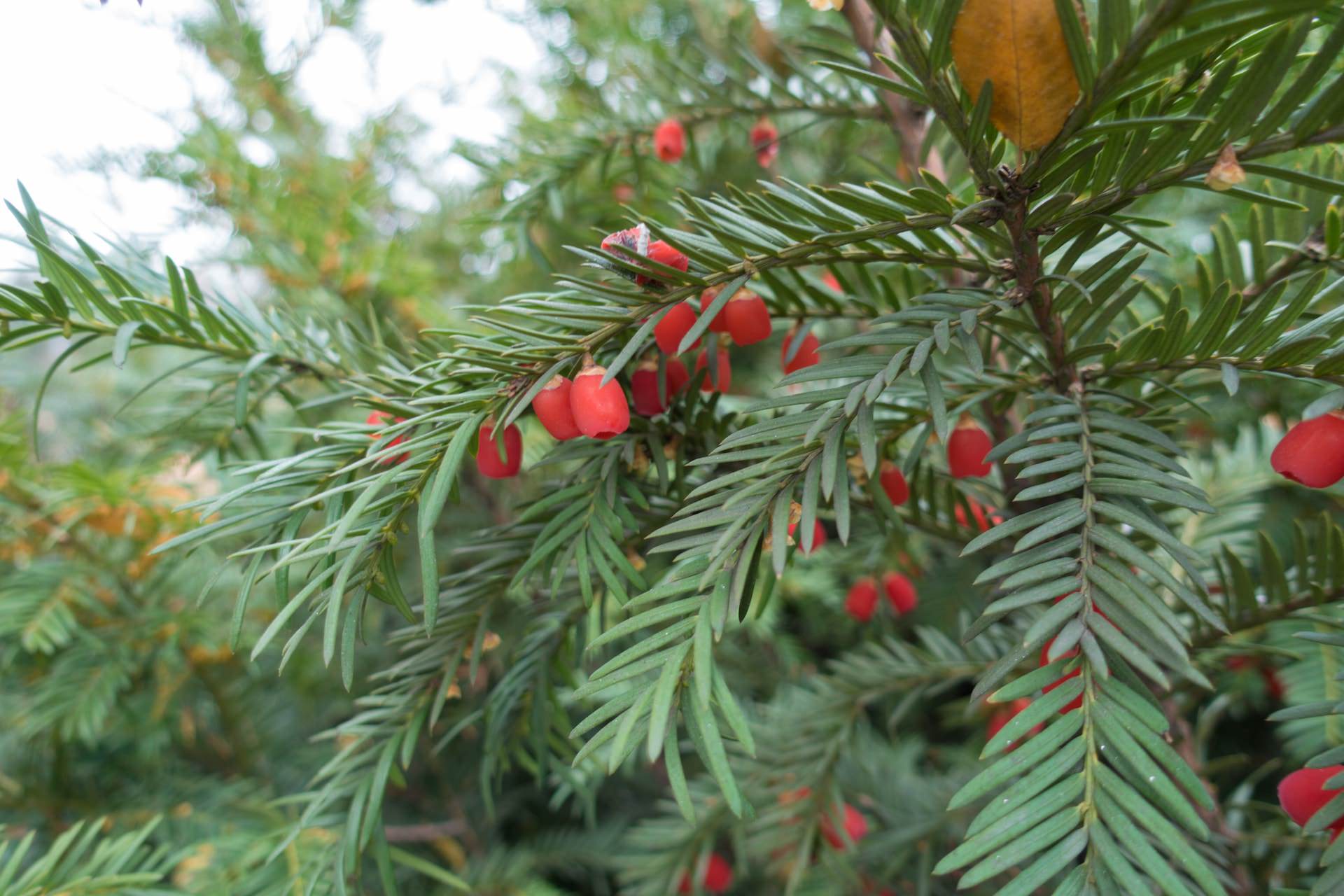
The fallen needles and berries of the yew are toxic to horses and ponies so watch out for them blowing into your paddock if growing nearby. Fresh leaves, berries and branches are also lethal in quite small quantities so ensure any yew hedges or trees are fully fenced off and inaccessible. The poisons in yew are fast acting and cause a heart attack. Prior to this you might see muscle trembling, breathing difficulties and convulsions. Take no chances!
Privet
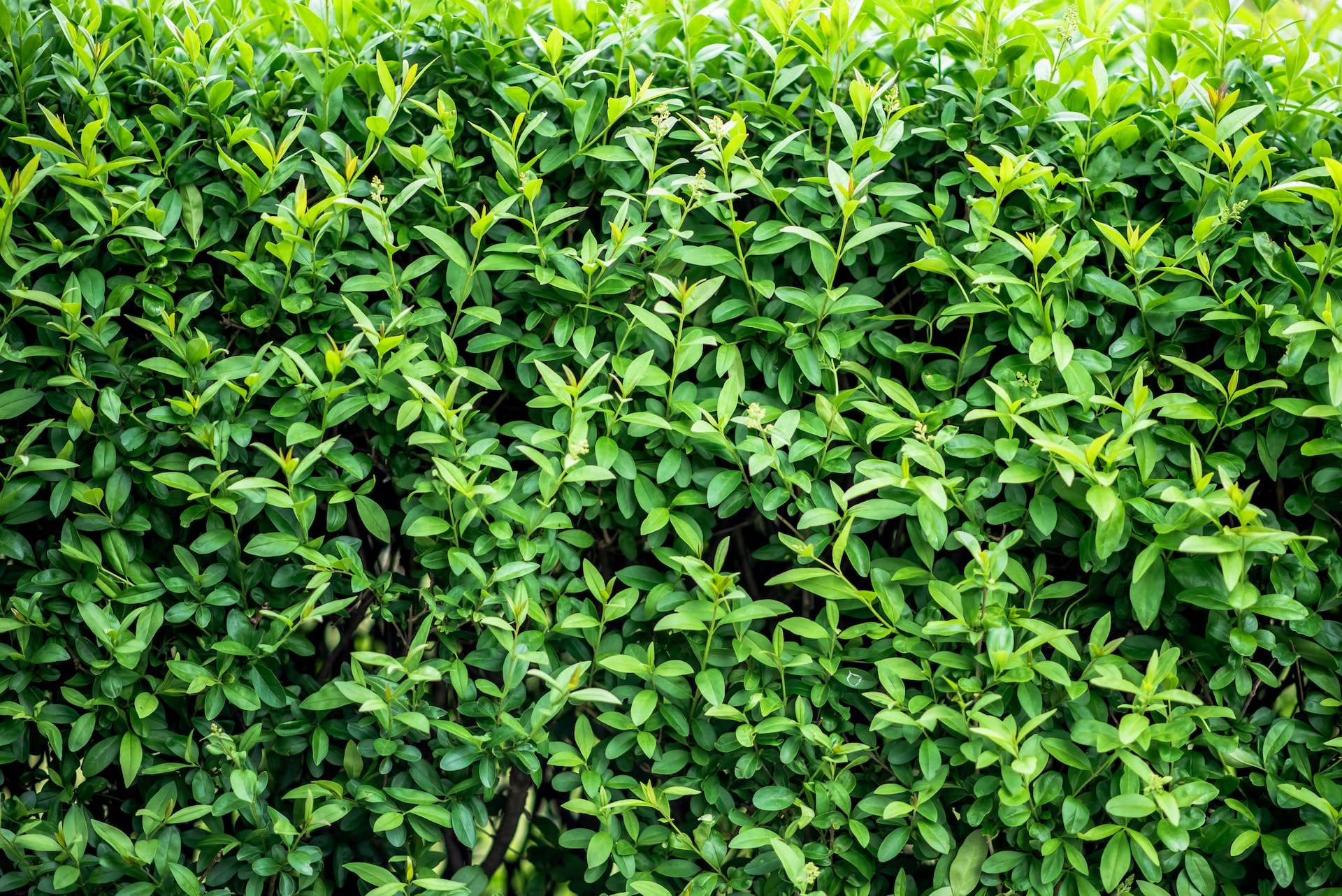
Privet is another hedge plant fatal for horses in quite small quantities. If your neighbours have it, make sure they understand the risk to your horse and don’t dump cuttings in your paddock.
Good pasture management with regular weeding so grass can grow, supplementary feeding so your horse doesn’t have to look for other food, fencing off dangerous trees and being vigilant for new seedlings will all help you to keep your horses safe. If you think your horse might have eaten something it shouldn’t, call you vet for advice immediately.
